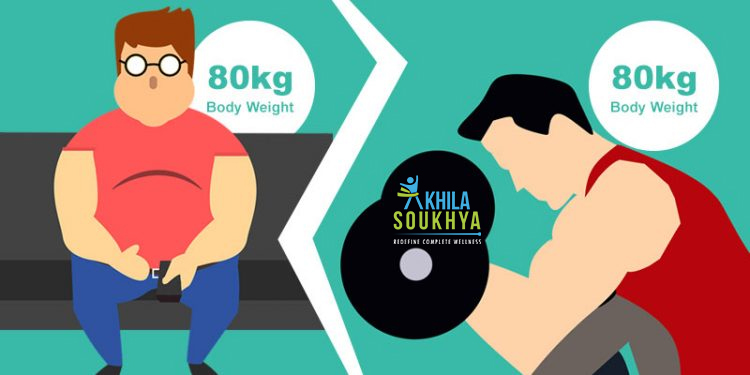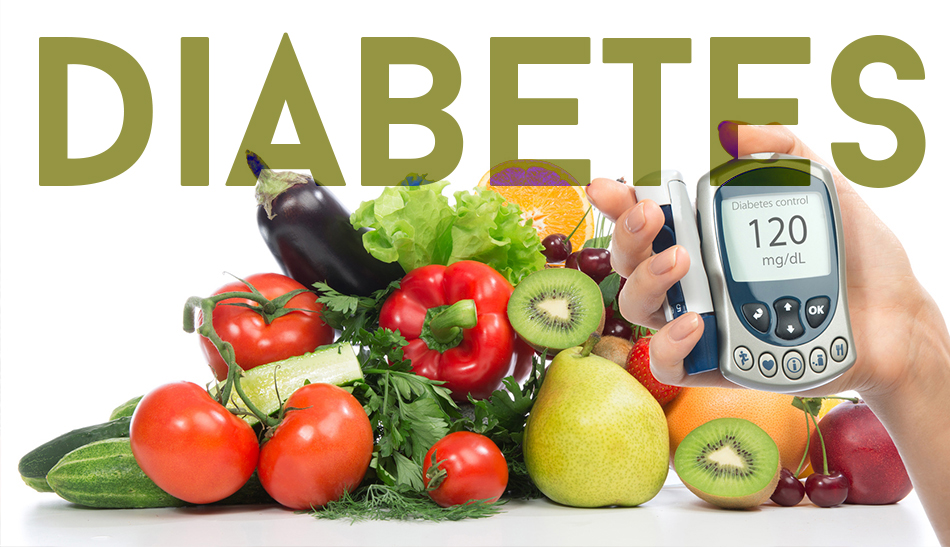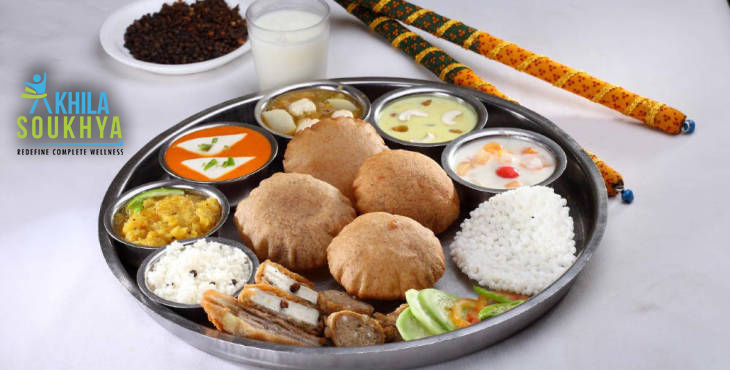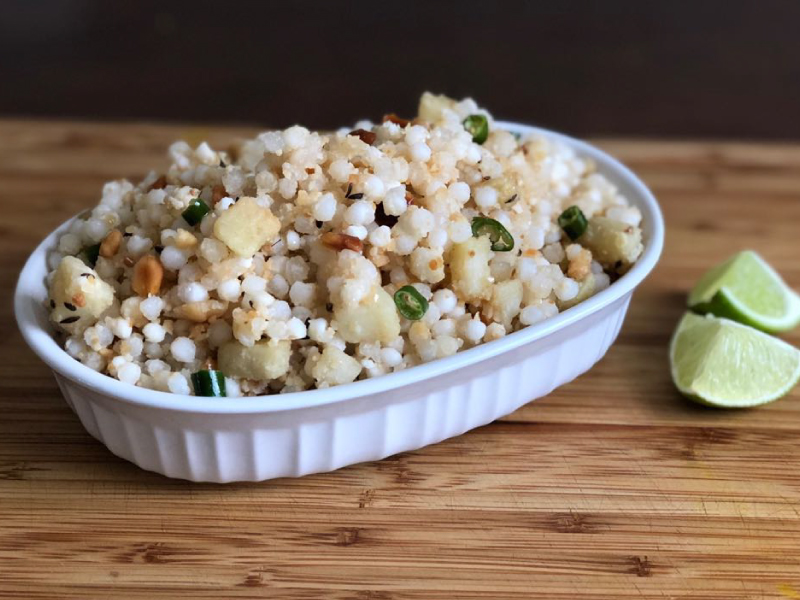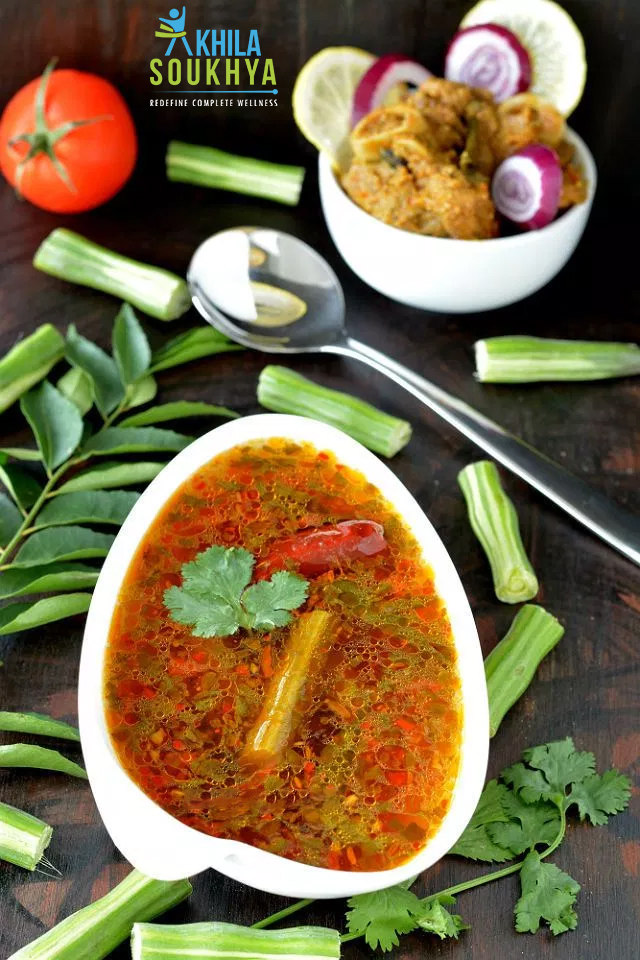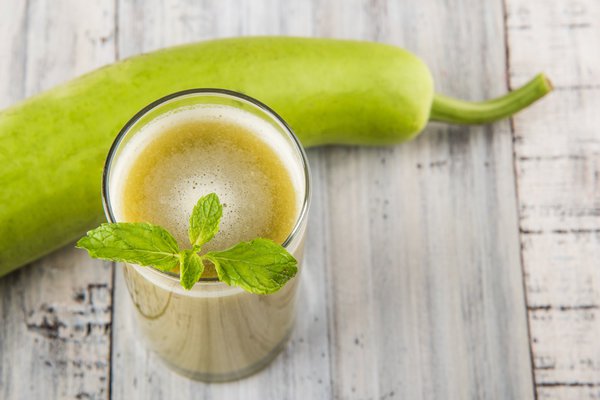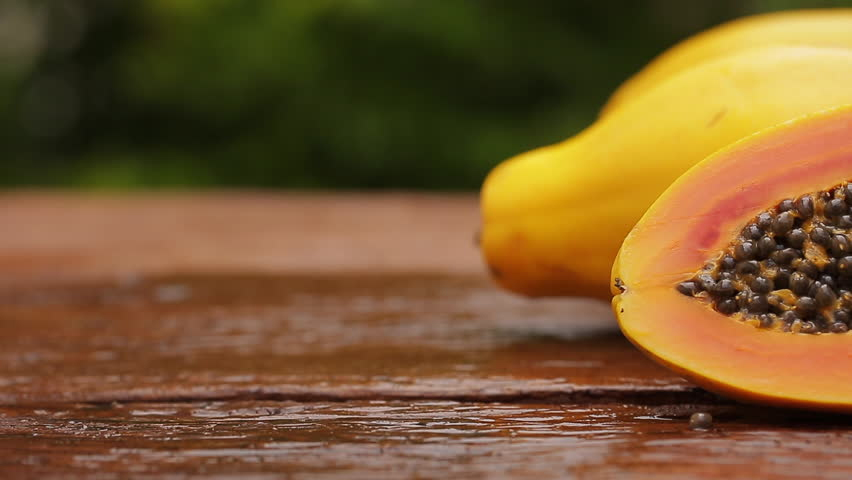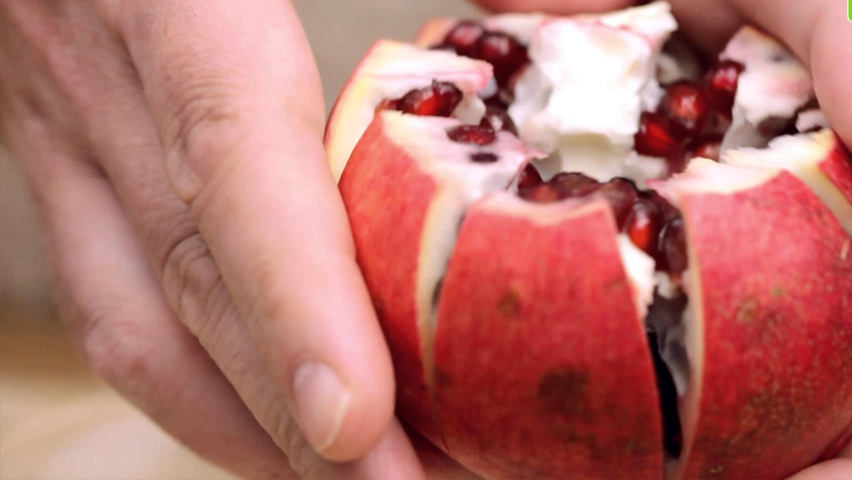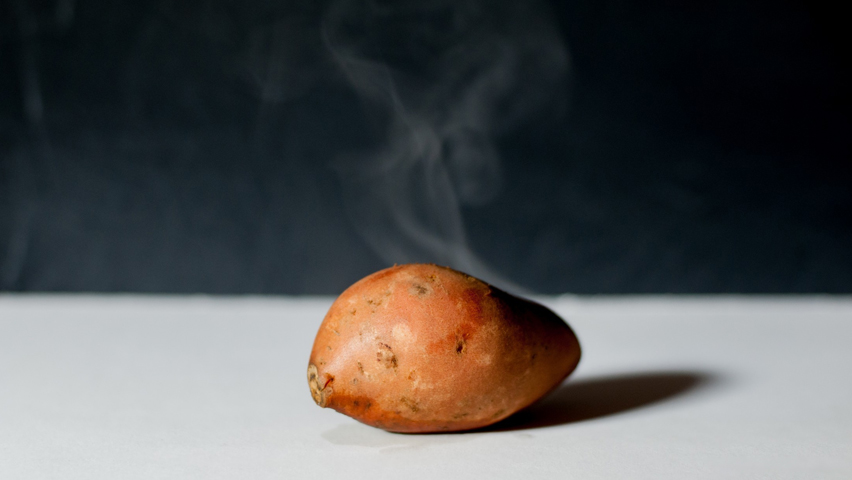If you’re already following a healthy and nutritious diet plan, congratulations! You’re on your way to leading a fitter and longer life. But if you have any health problems, such as diabetes, check out this best food for diabetes control food list!
Diabetes is an acute metabolic disorder wherein the body is unable to convert sugars, starches and other foods into usable energy. Most of the foods you eat are normally converted into a kind of sugar called glucose during the process of digestion. The bloodstream then transports this glucose throughout the body. The hormone, insulin, then converts glucose into active energy or is stored for future use. The most common types of diabetes are type 2, prediabetes and gestational. In short, diabetes and sugar go hand-in-hand.
Best food for diabetes control
A healthy diet plays an important role in controlling and managing the symptoms of diabetes. Those having this health disorder can either not make enough insulin or their bodies cannot use the insulin correctly. This is the reason why too much glucose gets accumulated with the bloodstream. If you have diabetes, avoid foods high in sugars, carbohydrates and unhealthy fat, as such foods increase your blood sugar.
Key foods are fruits, vegetables and whole grains. There are certain foods that can help manage your blood sugar levels efficiently. Here’s a diabetic food list which you must follow religiously.
Indian Gooseberry (Amla)
One of the richest sources of Vitamin C, the Indian Gooseberry boosts immunity, improves digestion, is a potent liver cleanser, works as a laxative, brings a glow to the skin and prevents aging. This superfood must be part of your diabetic food list, as it helps bring down the blood sugar levels. Mix a tablespoon of amla juice with half a cup of bitter gourd juice and take it on an empty stomach in the morning. It is especially beneficial for young children suffering from frequent colds and throat infections.
Jambool
Dark purple in colour, the Jambool is an age-old remedy for a number of conditions. In the Ayurveda, the seeds, as well as the fruit, are used in the treatment of type 2. The dried powder of the Jambool seed is given in a dosage of 2 gm thrice a day. Eating the fresh Jambool fruit has a beneficiary effect on the liver and pancreas too. It helps remove toxins from the liver and prevents fatty liver infiltration.
Fenugreek seeds (Methi)
They are highly effective in treating type 2 diabetes and hence are a must in your diabetic food list. Two tablespoons of powdered methi seeds should be taken in the morning on an empty stomach to bring down blood sugar levels. In addition, this will also help bring down triglycerides and serum cholesterol levels. Methi leaves are also useful in combating anemia.
Helpful herbs
Certain herbs available in pharmacies are especially good in controlling diabetes. Karneem made from Karela is one such herb. Jambukasav, syrup made from jamuns is another such herb that helps control blood sugar.
Bitter gourd (Karela)
If you wish to keep blood sugar levels under control, drink a cup full of fresh bitter gourd juice first thing in the morning. Karela is known to be effective in lowering elevated blood sugar levels in type II diabetes. You can also have it in the cooked form. Karela helps improve carbohydrate metabolism, supports the immune system and is rich in Vitamin A and C. It is also beneficial in the treatment of piles, heat boils and rash.
Diabetic Food List: What Foods to Avoid with Diabetes
White rice
The more white rice you eat, the greater is your risk of getting type 2 diabetes. White rice and pasta can cause blood sugar spikes similar to that of sugar. Opt for brown rice. It does not cause the same blood sugar spikes thanks to fibre, which slows the rush of glucose into the bloodstream.
Sugar
Sucrose, present in table sugar, provides no nutrition instead increases calories and carbohydrates intake. Try substituting this kind of sugar with natural sugar, like honey, jaggery (gur), molasses etc.
Whole milk & its products
Try replacing high-fat milk or its products with low-fat milk and its products like low-fat yogurt (curd) or low-fat cottage cheese.
Tea and coffee
Avoid having more than two cups of the regular tea or decaffeinated coffee every day. Blended coffees are especially laced with syrup, sugar, whipped cream and other toppings that are loaded with calories and fats. Switch over to herbal teas.
Refined flour & its products
Replace these with whole grains, whole wheat or soy bread and unpolished rice, whole wheat pasta.
Chinese food
High-calorie, high fat, high-sodium and high-carb, Chinese cuisine can increase blood sugar drastically and keep it high for a while. So, if you love Chinese food, prepare a modified recipe at home using steamed vegetables and low-sodium, low-fat condiments and flavourings. The best would be to not include in your diabetic food list.
Fruit smoothies & juices
This might sound like a healthy refreshment, but can be a sugary disaster if you have diabetes. A large glass of smoothie contains as much as 500 calories and 92 grams of carbohydrates. Instead, make your smoothie at home so you can control what goes in it. You can add vegetables like spinach and kale and use low-sugar fruits like green apples and berries. Similarly, drinking a glass of orange juice with your breakfast is equal to sipping a can of soda.
Fried foods
French fries, fried chicken/fish and potato chips soak up tons of oil during their preparation. This leads to piling of extra calories if eaten frequently. At 25 grams of fat, 500 calories, and over 63 grams of carbohydrates, a large serving of french fries can spike your blood sugar levels. Also, it can lead to weight gain.
Foods to Avoid in Type 2 Diabetes
Those with type 2 diabetes should avoid refined grains as they affect blood glucose more quickly than whole grains. Here’s a list of grains and products made from refined flours to avoid or limit their intake:
- White rice, pasta and flour
- White bread, bagels and white flour tortillas
- Cereals not made from whole grains
- Cookies
- Cakes
- Muffins
Besides the above-mentioned foods, type 2 diabetes persons must avoid.
- Trans fat – They have been linked to inflammation, insulin resistance and belly fat
- Fruit flavoured yogurt – Flavoured yogurts are made from non-fat or low-fat milk and loaded with carbs and sugar. Plain yogurt can be a good option for people with type 2 diabetes
- Flavoured coffee – Consider this as a liquid dessert and not a healthy beverage as it is loaded with calories and carbs that result in weight gain
- Honey – Other forms of sugar – including natural sugars such as honey – can cause blood sugar spikes. Type 2 diabetes persons should also avoid brown sugar and maple syrup
- Dried fruit – When a fruit is dried, it loses water that leads to even higher concentrations of vitamins and minerals. Dried fruits may contain more than three times as many carbs as fresh fruits do. Hence, type 2 diabetes persons should avoid them
- Packaged snacks – They are nothing but mostly refined flour and supply few nutrients to the body. In fact, some packaged foods may contain more carbs than mentioned on their nutritional label.



